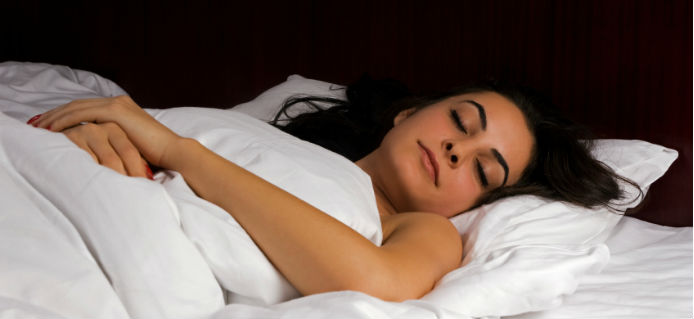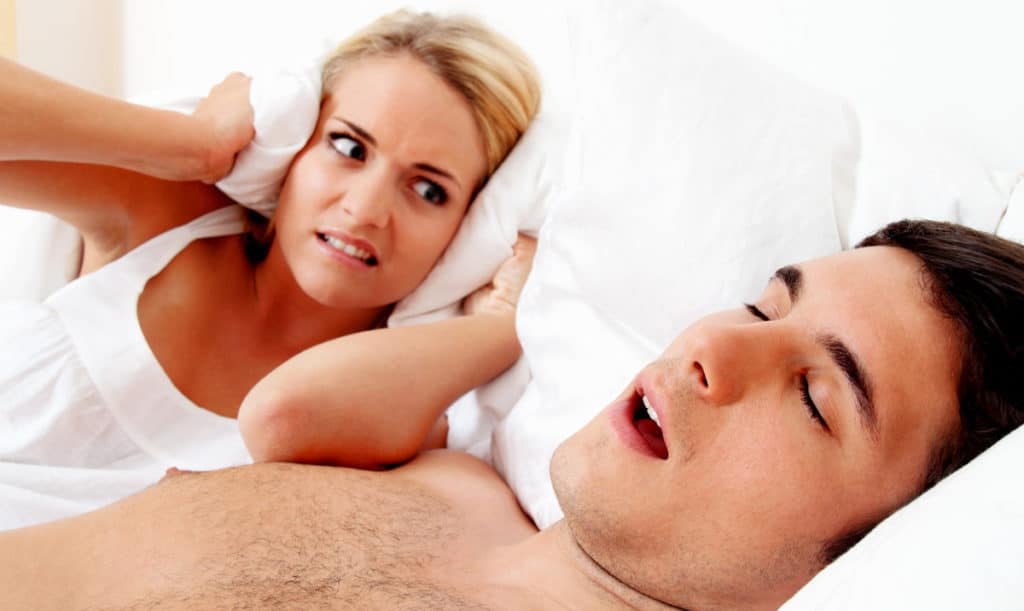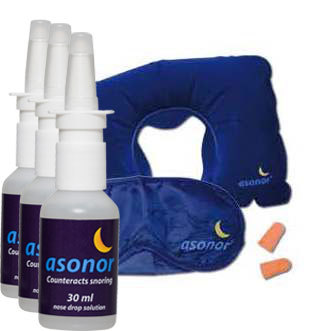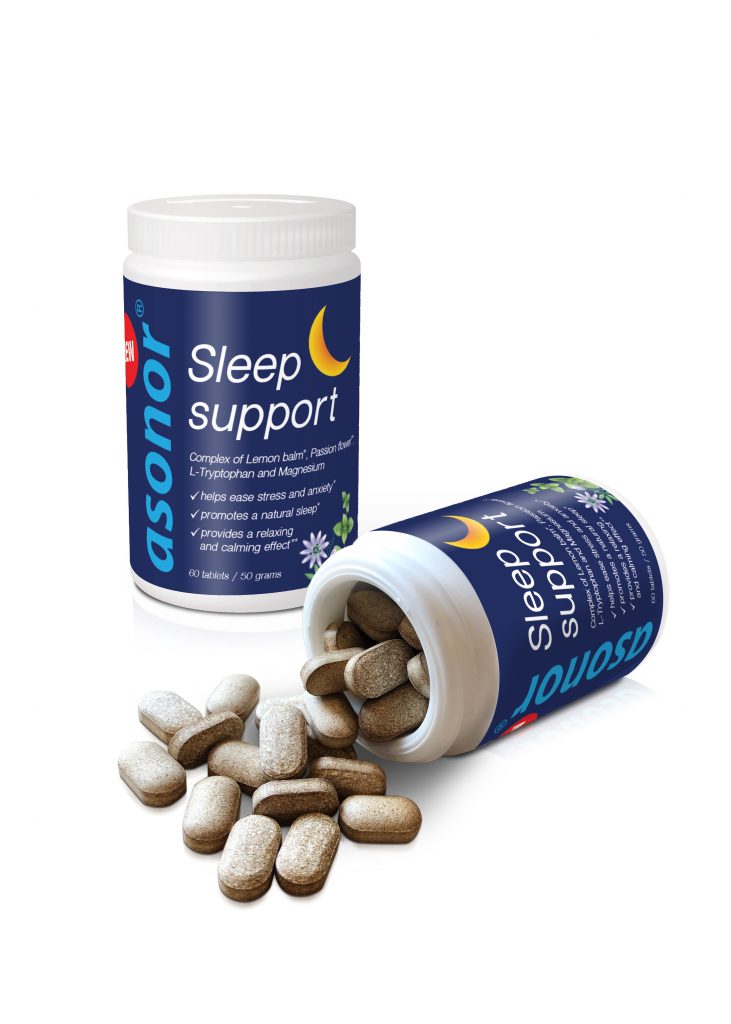Do you or your partner snore? We understand that you and your partner that snores don’t get proper sleep. That leads to a multitude of other health and behavioral problems. Apart from that snoring is actively linked with sleep apnea.
While most individuals have heard of sleep apnea, those who suffer with this sleep-related breathing disorder understand the potentially serious nature of this issue and how it can interrupt your breathing as you sleep. Although your brain attempts to protect you from harm by awakening you so you start breathing, the condition prevents you from getting the healthy, restful sleep your body needs. Over long periods of time, serious complications can arise if sleep apnea is left untreated.
Fortunately, this disorder and the frequently loud snoring associated with it during sleep is manageable with specific lifestyle changes recommended by your healthcare provider or specialist such as quitting smoking or weight loss. Furthermore, if you have nasal or sinus issues that exacerbate your condition (e.g. seasonal allergies), your doctor might recommend a decongestive nasal spray or an anti-snoring solution such as Asonor Anti-snoring Spray and Solution.
Our product has been clinical tried and tested with excellent results to stop snoring but is not a medical remedy for sleep apnea. You will need to get your condition evaluated by a healthcare professional at the earliest. A proper night of rest and sleep is important for your mental and physical wellbeing.
How do sleeping positions aid individuals with sleep apnea?
Sleeping positions affect individuals with sleep apnea as your position during sleep can obstruct or keep the breathing airways open. Here is a quick look about it:
- If you sleep on your back, gravity affects the airways, as soft tissue and tongue collapse and block the throat, leading to snoring.
- If you sleep on your side, it reduces hypopnea and apnea episodes, as it keeps the airways open, allowing better breathing during night.
- Side sleeping prevents the soft tissue and tongue from partially obstructing the throat
- Use pillows to elevate your head when you sleep to improve airflow by reducing pressure on the airway.
Impact of Sleep Position on Sleep Apnea
here is a significant effect of sleeping position on sleep apnea as:
-
Sleeping on your back can intensify the hypopnea and apnea episodes as there is a partial obstruction in the throat as the tongue falls back into it. That causes intense snoring as well.
-
Sleeping on your side, especially the left side can help you breathe better as the airways remain open, without much blockage.
-
Positional therapy helps individuals to sleep on their side, with the use of pillows and sleeping aids. It improves sleep quality and reduces apnea episodes.
Effectiveness of the sleeping aids and therapy varies depends on your body’s anatomy and severity of the condition.
Are there different Forms of Sleep Apnea?
In a word, yes there are. In fact, past clinical research has shown that there are actually 3 different forms of sleep apnea that an individual can be afflicted with including:
- CSA or central sleep apnea – approximately 1% of all sleep apnea patients suffer with this form of sleep apnea. CSA results when the brain fails to communicate with the muscles that control our breathing.
- OSA or obstructive sleep apnea – as the most common form of sleep apnea, OSA affects nearly 7% or 1 out of every 15 Americans. OSA results when a person’s throat muscles relax and restrict airflow into their lungs.
- Complex or Treatment-emergent central sleep apnea – this form of sleep apnea occurs when an individual with OSA is receiving therapy for the disorder and it converts to CSA or central sleep apnea. It occurs in roughly 2% of all OSA patients.
If you suspect that you have sleep apnea, it’s important that you consult with a doctor or specialist as soon as possible regarding a sleep apnea treatment that might work.
Symptoms of CSA and OSA
In order to determine the best sleep apnea treatment for your individual situation, it’s important to understand the symptoms of CSA and OSA. The most common symptoms of the two include:
- concentration difficulties
- episodes wherein your breathing is interrupted during sleep
- erratic mood swings
- frequent, loud snoring
- gasping for air while sleeping
- hypersomnia (excessive daytime sleepiness)
- insomnia (difficulty staying asleep)
- irritability
- morning headaches
- waking up with a dry mouth
Your Sleeping Position and Sleep Apnea
It goes without saying that sleep is essential to our emotional, mental, and physical health. However, for individuals suffering with sleep apnea, getting enough quality sleep can be extremely challenging. Here are 7 self-care tips that might help:
- Consider using a CPAP (continuous positive airway pressure) machine that prevents your throat from collapsing and restricting your airflow.
- Develop a sleep schedule and stick to it.
- Humidify your bedroom to prevent dry mouth and sore throats.
- Invest in pillows that are conducive to better sleep.
- Make certain lifestyle changes such as avoiding alcohol, getting regular exercise, losing weight, and quitting smoking.
- Take to a specialist about getting a mandibular advancement device (MAD) that pushes your jaw forward and keeps your airway open.
- Work on a better sleep position for sleep apnea.
Because your sleeping position can have a direct impact on your comfort and sleep quality, it is the last tip on the above list that we’ll be focusing on for the balance of this content. Furthermore, your sleeping position can affect how well you cope with sleep apnea. Studies have shown that sleeping on one’s back makes them more prone to chronic loud snoring, especially in individuals who have sleep apnea.
Conversely, numerous studies have shown that sleeping on your side is the ideal sleep position for sleep apnea. Your sleeping position also plays a significant role in central sleep apnea and obstructive sleep apnea. Both of these conditions share the common link of sleeping on your back. In fact, clinical studies have shown that over 50% OSA sufferers have more severe symptoms when sleeping on their backs. Additionally, by changing their sleeping position, most can alleviate their symptoms.
Research has shown us that sleeping on your side is best for alleviating the symptoms of and significantly reducing CSA and OSA-related breathing interruptions. If you’re prone to sleeping on your back, there are certain measures you can take to ensure that you don’t roll over onto your back while sleeping. This includes using pillows to prevent you from rolling onto your back or inserting a tennis ball into a sock and sewing onto the back of a t-shirt that you use to sleep in.
One of the best ways to alleviate chronic snoring associated with sleep apnea is by using Asonor Anti-snoring Spray and Solution, a product that has been clinically proven effective in 75% of the cases studied.
Made with quality ingredients namely, Polysorbate 80, Glycerol 85%, Sodium Chloride 0.9% w/v, Edetatesodium, PW and Potassium Sorbate 0.15%, our anti-snoring drops help to tighten your nasal passage tissues. And that helps you sleep better.
If you want more information about snoring, sleep apnea or about our product, call us today or e-mail your questions to [email protected] today.
Sleeping on Your Stomach
Sleeping on your stomach isn’t recommended by experts as it affects your overall health and fitness. That is because it:
-
Strains the back and neck: Sleeping on the stomach puts your neck at an awkward angle which causes stiffness and pain.
-
Pressure on joints and muscles: Sleeping on the stomach reduces circulation causing tingling, numbness and discomfort.
-
Misalignment of the spine: Causes long-term posture issues as it changes the natural curve of spine
-
Poor quality of sleep: Discomfort leads to waking up frequently at night and leads to restlessness
-
Skin issues: Sleeping on your side, pressurizes one side of the face causing acne and wrinkles
-
Breathing issues: Stomach sleepers face breathing issues as pressure on chest will restrict natural breathing.
Stomach Sleeping and CPAP
CPAP therapy is considered to be the gold standard in treatment of sleep apnea. However, stomach sleeping can benefit some individuals with sleep apnea, but it cannot cure it. It helps because:
-
Gravity works on the soft tissue and tongue, pulling it forward and letting the airways stay open. This alleviates the obstruction in the throat during sleep, for especially those that suffer with Obstructive Sleep apnea.
-
It can be difficult to use a CPAP mask when you sleep on your stomach due to pressure on the face and the mask can be displaced. There can be excessive air leaks as well.
-
Use low profile masks with a nasal pillow that ensure better breathing and are perfect for stomach sleepers.
Additional Tips for Better Sleep with Sleep Apnea
If you are looking to sleep better with sleep apnea, here are some tips to follow:
-
Have a fixed sleep schedule: It helps to sleep and wake up at the same time, on a regular basis.
-
Elevate your head: Use a body pillow or anti-snoring pillow to elevate your head so that the airways are open when you lay down. It reduces snoring and throat obstructions.
-
Side sleeping helps: Usually, sleeping on your side helps to reduce airway obstruction and lowers hypopnea and apnea episodes at night.
-
Lifestyle changes needed: Losing excess weight, avoiding alcohol and sedatives can help you stop snoring and reduce sleep apnea episodes.
-
Utilize a humidifier: Adding moisture to indoor air can reduce dryness and make breathing much easier.
Conclusion
If you have sleep apnea, the best position would be to sleep on your side, with your head elevated. That will help you breathe better as the tongue would not fall back into the throat, creating an obstacle and enabling hypopnea and apnea episodes throughout the night. Try not to sleep on your back.
FAQ
Stomach sleeping may help reduce symptoms of sleep apnea as the tongue and soft tissues fall forward and keep the airways open. However, it is not recommended as it puts a strain on the spine and neck.
It is true that losing weight can help reduce snoring and symptoms of sleep apnea. Layers of fat around the neck can lead to airway obstructions when asleep. Losing weight can reduce the pressure and help keep the airways open, improving sleep apnea symptoms.
Avoid alcohol before bedtime, losing weight, quitting smoking, side sleeping, sleep hygiene and using anti-snoring aids are some of the lifestyle changes that you can make to stop snoring.
No, it is not the only treatment method for sleep apnea. Other methods include weight loss, surgery, using oral appliances, positional therapy and lifestyle changes. However, the treatment of OSA will depend upon the severity of the condition and individual requirements.
It is always better to sleep with your head elevated to reduce the symptoms of sleep apnea and snoring. By using pillows, elevate the head and that ensures that the airways remain open for obstruction free breathing.







